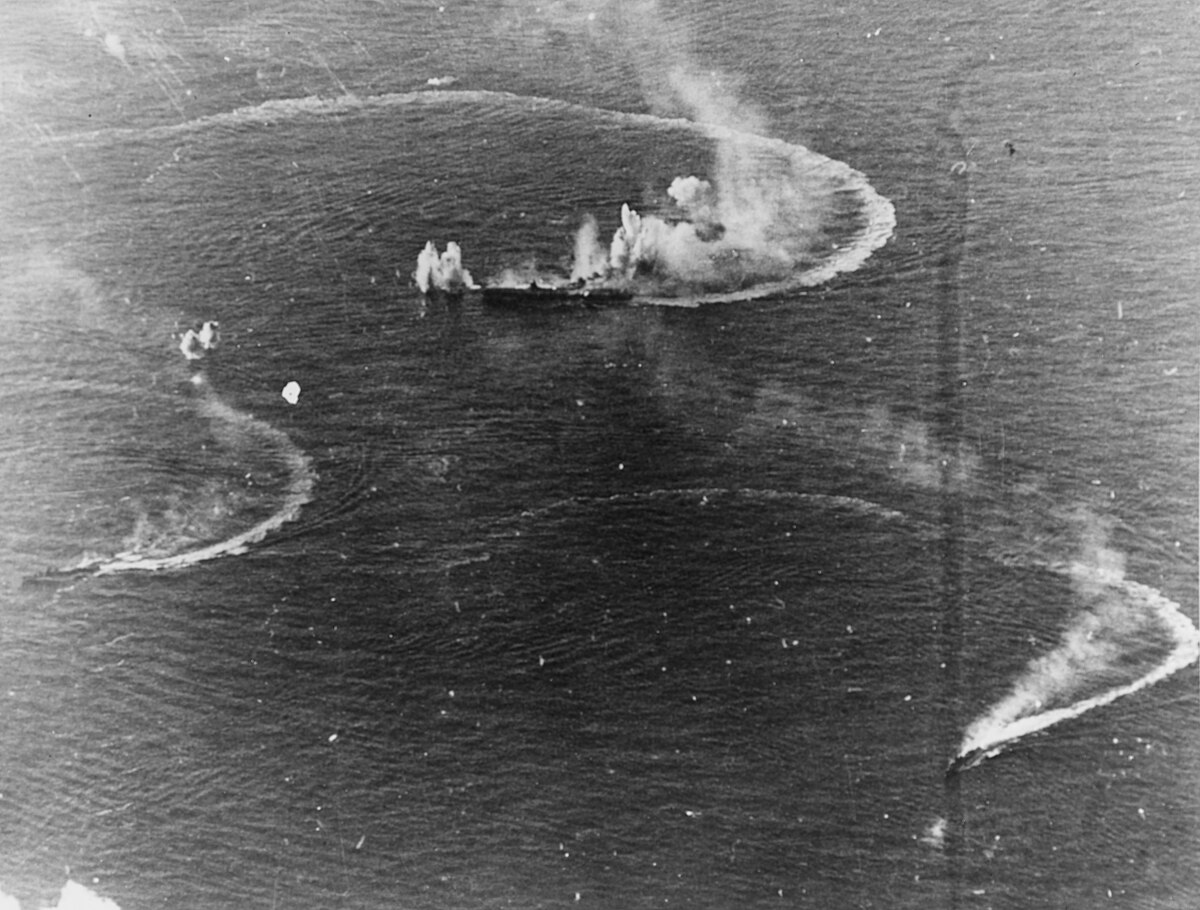1. The invention of the Proximity Fuse is arguably one of the most important military inventions that took place during World War Two. It is a fuse that automatically allows a artillery or anti aircraft shell to automatically detonate within a certain distance of a target. When it comes to anti aircraft guns specifically, before the implementation of the Proximity Fuse in naval warfare, it took time fused shells six times as much ammunition to shoot down enemy planes than it did with proximity fuses. Not only that, but the US navy saw a 700% improvement in shooting down enemy kamikazes with the implementation of proximity fuses.

 en.wikipedia.org
en.wikipedia.org
2. In otl, the deployment of the proximity fuse would come just in time for the Battle of the Philippine Sea, the largest carrier vs carrier battle is naval history. 15 US carriers would go up against 9 Japanese carriers. This battle would for Japan would be a complete disaster however, a large reason for this being that US AA guns having access to proximity fuses, being able to shoot down almost 650 aircraft.

 en.wikipedia.org
en.wikipedia.org
3. So let's say that proximity fuses are not invented until after World War Two. The questions are:
- Does Japan have a chance to win the Battle of the Phillipines Sea?
- Even if they don't, how much more damage can they do during this battle?
- How much more effective will Kamikaze attacks be as well?
- How does this affect any other aspect of World War Two?
4. In at tangent discussion, would it be possible for Japan to invent the proximity fuse first and if so what impact would it have earlier in the war?

Proximity fuze - Wikipedia
2. In otl, the deployment of the proximity fuse would come just in time for the Battle of the Philippine Sea, the largest carrier vs carrier battle is naval history. 15 US carriers would go up against 9 Japanese carriers. This battle would for Japan would be a complete disaster however, a large reason for this being that US AA guns having access to proximity fuses, being able to shoot down almost 650 aircraft.

Battle of the Philippine Sea - Wikipedia
3. So let's say that proximity fuses are not invented until after World War Two. The questions are:
- Does Japan have a chance to win the Battle of the Phillipines Sea?
- Even if they don't, how much more damage can they do during this battle?
- How much more effective will Kamikaze attacks be as well?
- How does this affect any other aspect of World War Two?
4. In at tangent discussion, would it be possible for Japan to invent the proximity fuse first and if so what impact would it have earlier in the war?
Last edited: